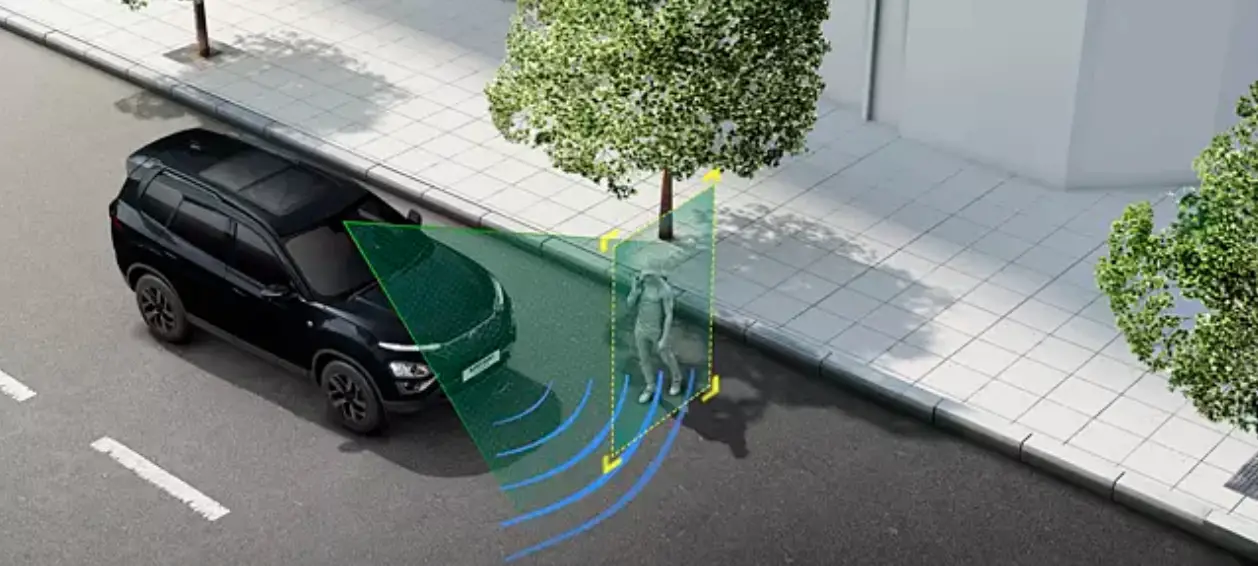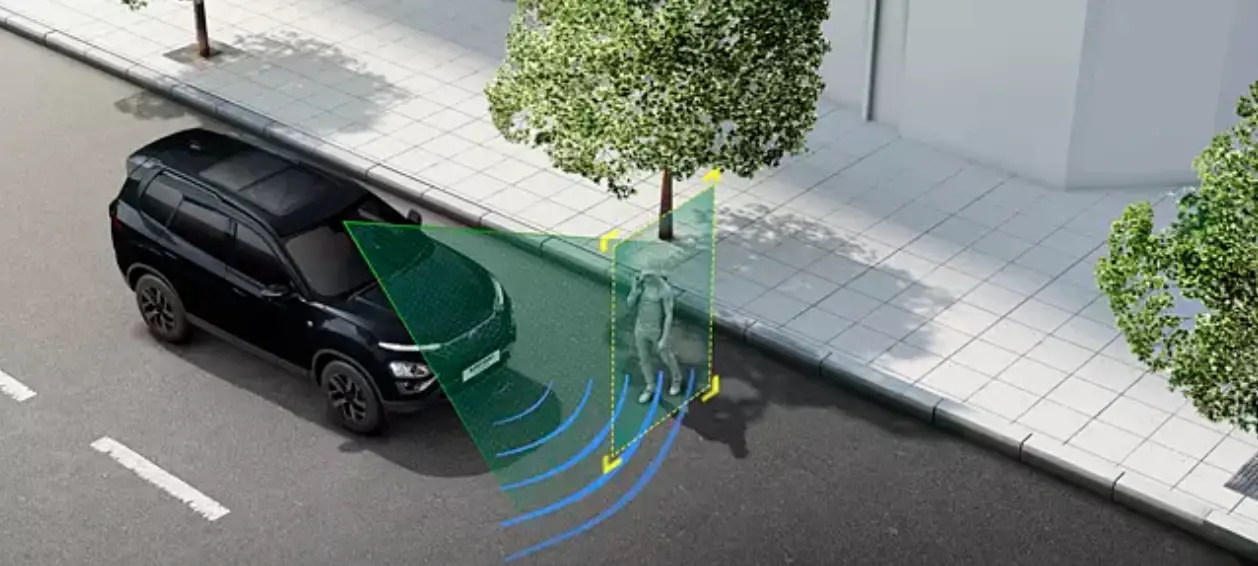The Quiet Revolution Improving Urban Air Quality.
As cities around the world grapple with the detrimental effects of air pollution on public health and the environment, the adoption of electric vehicles (EVs) is emerging as a promising solution to mitigate urban air quality challenges.


As cities around the world grapple with the detrimental effects of air pollution on public health and the environment, the adoption of electric vehicles (EVs) is emerging as a promising solution to mitigate urban air quality challenges.
With zero tailpipe emissions, electric vehicles offer a cleaner alternative to traditional gasoline-powered cars, thereby reducing harmful pollutants and improving the quality of the air we breathe in urban areas.
Let's delve into the significant impact of electric vehicles on urban air quality:
Reducing Harmful Emissions:
One of the most significant benefits of electric vehicles is their elimination of tailpipe emissions.
Unlike internal combustion engine vehicles, which emit pollutants such as nitrogen oxides (NOx), particulate matter (PM), and volatile organic compounds (VOCs) during combustion, electric vehicles produce no exhaust emissions while driving.
This reduction in harmful emissions translates directly into improved air quality in urban environments, where traffic congestion is often a significant contributor to pollution.

Alleviating Health Risks:
The detrimental health effects of air pollution, particularly in densely populated urban areas, are well-documented.
Exposure to pollutants from vehicle emissions has been linked to respiratory illnesses, cardiovascular diseases, and even premature death.
By transitioning to electric vehicles, cities can significantly reduce the concentration of pollutants in the air, lowering the risks to public health and improving the overall well-being of residents.
Mitigating Smog and Urban Heat Islands:
Air pollution contributes to the formation of smog, a visible haze that blankets many urban areas, especially during periods of high traffic and stagnant air.
Electric vehicles play a crucial role in reducing the emissions of nitrogen oxides and volatile organic compounds, which are key components in smog formation.
Additionally, the widespread adoption of electric vehicles can help mitigate urban heat islands by reducing the heat generated from vehicles' internal combustion engines, thus lowering ambient temperatures and enhancing urban comfort.

Addressing Environmental Justice:
Communities located near busy roadways and industrial zones often bear the brunt of air pollution's adverse effects, leading to environmental justice concerns.
Electric vehicles have the potential to address these inequities by reducing pollution levels in these vulnerable communities.
By prioritizing the deployment of electric vehicles and charging infrastructure in areas disproportionately affected by air pollution, cities can promote environmental justice and ensure that all residents benefit from cleaner air.
Challenges and Opportunities:
While electric vehicles offer significant advantages for urban air quality, challenges remain in their widespread adoption.
These include concerns about charging infrastructure availability, range anxiety, and the upfront cost of electric vehicles compared to their gasoline counterparts.
However, ongoing advancements in battery technology, government incentives, and investments in charging infrastructure are helping to overcome these barriers and accelerate the transition to electric mobility.

Certainly! Here are some cities around the world that have adopted electric cars and are leading the way in promoting electric mobility:
- Oslo, Norway: Oslo is considered one of the world's leading cities in the adoption of electric cars. With strong government incentives, such as tax breaks, toll exemptions, and free parking for electric vehicles, Oslo has achieved remarkable success in transitioning to electric mobility. Electric cars make up a significant portion of the city's vehicle fleet, and charging infrastructure is widespread and readily available.
- Amsterdam, Netherlands: Amsterdam is known for its commitment to sustainability and has embraced electric mobility as part of its efforts to reduce emissions and improve air quality. The city offers a range of incentives for electric vehicle owners, including access to dedicated parking spaces, charging stations, and exemptions from congestion charges. Amsterdam also has ambitious plans to electrify public transportation and promote cycling as a sustainable mode of transportation.
- Beijing, China: As one of the world's most populous cities, Beijing faces significant challenges related to air pollution and traffic congestion. To address these issues, the city has implemented aggressive policies to promote electric vehicles, including subsidies for buyers, restrictions on the purchase of gasoline-powered cars, and incentives for the development of charging infrastructure. Beijing's efforts have led to a rapid increase in the adoption of electric cars, making it one of the largest electric vehicle markets in the world.
- Los Angeles, United States: Los Angeles has long been a leader in environmental sustainability and has made significant strides in promoting electric mobility. The city offers various incentives for electric vehicle owners, including rebates for purchasing electric cars, access to carpool lanes, and an extensive network of public charging stations. Los Angeles is also investing in electrifying public transportation and expanding the use of electric buses in its fleet.
- Stockholm, Sweden: Stockholm has prioritized sustainability and environmental protection, making it a leader in the adoption of electric vehicles. The city offers incentives for electric car buyers, including tax breaks, free parking, and access to charging infrastructure. Stockholm's commitment to electric mobility is part of its broader efforts to reduce emissions and create a greener, more sustainable urban environment.

These cities serve as inspiring examples of how local governments can promote the adoption of electric cars and accelerate the transition to sustainable transportation systems. By implementing policies and incentives that make electric vehicles more accessible and attractive to consumers, these cities are leading the way toward a cleaner, healthier, and more sustainable future.
Conclusion:
The impact of electric vehicles on urban air quality cannot be overstated. Electric vehicles are driving us towards cleaner, healthier, and more sustainable cities by reducing harmful emissions, alleviating health risks, mitigating smog and urban heat islands, and addressing environmental justice concerns.
As cities continue to prioritize the electrification of transportation and implement policies to support the adoption of electric vehicles, we can look forward to breathing cleaner air and enjoying a better quality of life for generations to come.




